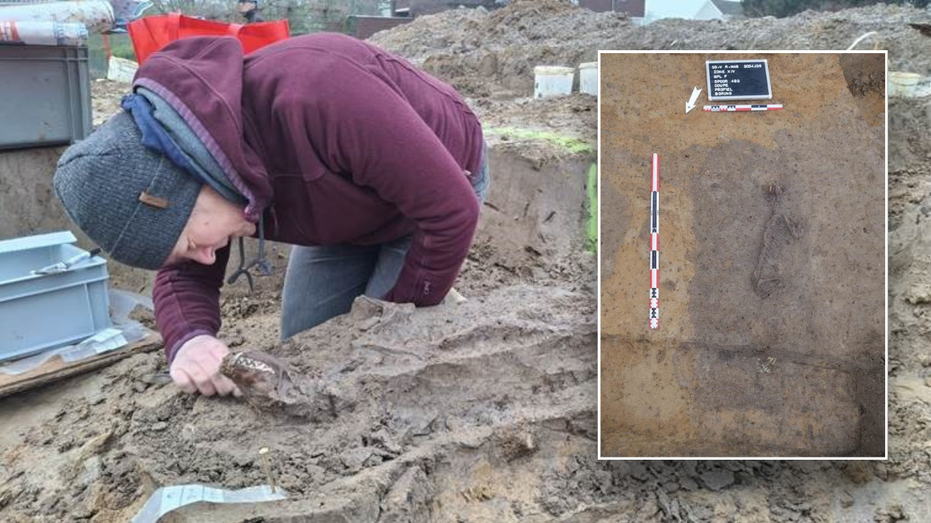- by foxnews
- 08 Apr 2025
How Canary Island Tackling Over Tourism with 0.15 Euro Per Person, Per Day Tax from International Visitors?
The Canary Islands are taking bold steps to combat overtourism, starting with the introduction of a new tourist tax in Mogan, a popular coastal town on Gran Canaria. This move, set to take effect from January 2025, reflects growing concerns from residents and local authorities about the environmental and social impact of mass tourism.
- by travelandtourworld
- 16 Dec 2024
- in travel

The Canary Islands are taking bold steps to combat overtourism, starting with the introduction of a new tourist tax in Mogan, a popular coastal town on Gran Canaria. This move, set to take effect from January 2025, reflects growing concerns from residents and local authorities about the environmental and social impact of mass tourism.
Why Is the Canary Islands Introducing a Tourist Tax?The Canary Islands have long been a tourist hotspot, welcoming over 14 million visitors in 2023 alone. While tourism has been a major driver of the local economy, it has also put significant pressure on the islands' natural resources, infrastructure, and communities. Residents in popular destinations like Maspalomas (Gran Canaria) and Playa de las Americas (Tenerife) have voiced their concerns about overcrowding, rising living costs, and strain on essential services.
Protests erupted in 2024 as locals demanded action from authorities to address overtourism. Residents called for limits on visitor numbers, stricter tourism controls, and measures to protect their quality of life. The unrest culminated in hunger strikes staged by activists, signaling the urgency of the issue.
The new tourist tax is part of a broader push for more sustainable tourism practices. By generating funds directly from tourists, Mogan hopes to support initiatives that benefit both residents and visitors. The funds may be used to maintain beaches, improve waste management, and invest in sustainable infrastructure projects.
At the moment, the tax is only being implemented in Mogan, but it is being closely watched by other towns and islands within the Canary Islands. If the initiative proves successful, there is a strong possibility it could be rolled out across other popular tourist hubs in the region.
What Are the Goals of the New Tourist Tax?The primary objective of the tourist tax is to reduce the negative impacts of overtourism while promoting sustainable tourism practices. Key goals include:
The introduction of this tax aligns with the global push toward more sustainable travel, which has seen other destinations like Venice, Barcelona, and the Balearic Islands introduce similar measures.
Residents Call for Greater Action on OvertourismWhile the tourist tax in Mogan is a step forward, many locals believe it is just the beginning. Residents in other tourist hotspots like Tenerife and Lanzarote have already voiced support for the idea of broader visitor controls. There is increasing pressure on regional authorities to set stricter limits on the number of tourists allowed to enter the islands, particularly during peak travel seasons.
The Growing Trend of Tourist Taxes Across EuropeThe Canary Islands are not alone in their efforts to manage overtourism. Across Europe, other top destinations have introduced tourist taxes as a way to reduce pressure on local communities and ecosystems.
These examples highlight a shift in global tourism policy, where regions once reliant on mass tourism are now prioritizing sustainability, community well-being, and responsible tourism. The Canary Islands' decision to introduce a tourist tax in Mogan aligns with this growing trend.
Tourism officials will likely monitor visitor reactions, compliance rates, and the overall impact of the tax on the local economy. If successful, it could lead to broader changes in how the islands approach tourism management.
Beyond the tax, there is also a growing call for visitor limits during peak seasons. Officials are exploring strategies to reduce congestion at tourist hotspots and create a more balanced flow of visitors throughout the year. This could include promotional campaigns encouraging off-season travel and incentivizing visits to lesser-known destinations.
- by foxnews
- descember 09, 2016
Ancient settlement reveals remains of 1,800-year-old dog, baffling experts: 'Preserved quite well'
Archaeologists have recently unearthed the remarkably well-preserved remains of a dog from ancient Rome, shedding light on the widespread practice of ritual sacrifice in antiquity.
read more




